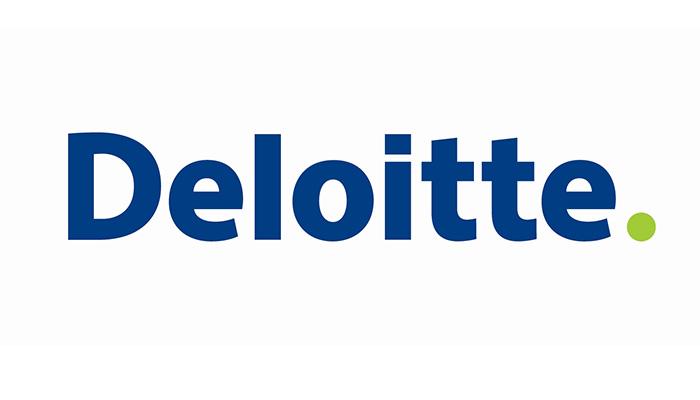
Global A&D industry poised for sustained growth in 2018 and beyond, following muted gains in 2017
Global aerospace and defense (A&D) industry revenues are expected to experience significant growth in 2018. Revenues are expected to accelerate 4.1 percent—more than doubling last year’s 2.1 percent growth. This is according to Deloitte Global’s 2018 Global aerospace and defense industry outlook, which analyzes the commercial aircraft and defense sectors and identifies key trends ahead.
With the global economic recovery underway and heightened passenger travel demand, the commercial aircraft subsector is expected to grow 4.8 percent, primarily driven by elevated production levels to meet growing demand. In 2017, the Asia-Pacific region fueled passenger travel, and will likely continue to drive such growth in the long-term, due to an expanding middle class in the region.
Global demand for new aircraft production is also projected to rise, with annual production likely to increase by 25 percent over the next decade and 36,780 new aircrafts to be built over the next 20 years.
“After a year of subdued growth in 2017, the commercial aircraft sector is accelerating again, however, key challenges remain that the industry must consider and address,” says Rashid Bashir, Partner and Public Sector Leader at Deloitte Middle East. “Companies need to refocus on strengthening the supply chain, instilling effective program management, and implementing new and advanced technologies to spearhead efficiency.”
Amidst an uncertain future, dominated by fears of security threats and heightened global tensions, global powers are also revisiting their defense postures. In 2018, global defense sector revenues are expected to grow 3.6 percent, with spending to cross US$2 trillion by 2022. Global spending is estimated to rise at a compounded annual growth rate (CAGR) of about 3.0 percent between 2017-2022.
While the US remained the top spending nation in 2016 (accounting for 36 percent of the total global military spending), governments in India, Russia, and China have also devoted more resources to defense, with each country’s spending increasing in 2016 to address current global concerns (8.5 percent, 5.9 percent, and 5.4 percent year-on-year, respectively).
“Across the globe, demand for defense military products is increasing, and with a growing risk of cyber-attacks worldwide, countries are reinforcing their defense mechanisms,” adds Bashir. “Higher defense spending across the United Arab Emirates, Saudi Arabia, India, South Korea, Japan, and other nations is likely to encourage the same by Western countries and NATO, as leaders remain hyperfocused on countering potential threats and remaining competitive.”
Additional key trends in the industry include:
-
M&A continues to gain momentum. M&A deal value in the global A&D industry reached US$51.5 billion in 2017, despite the number of transactions declining slightly from 2016. Ultimately, pricing pressures from aircraft original equipment manufacturers (OEMs) and expansion of high-margin aftermarket services are pushing suppliers to consolidate for scale and cost efficiencies. M&A activity is likely to remain strong. In the US in particular, increased defense budgets will provide certainty to military planners.
-
Military expenditures vary by region. From 2010 to 2016, military expenditures for the Americas declined 18.9 percent, while Europe’s spending grew 3.3 percent during the same time. On the other hand, spending in Asia-Pacific and the Middle East grew substantially, leading global defense companies to reshift their focus on new markets, including India and the Middle East.
-
US A&D exports on the decline. In 2017, US A&D exports experienced a slight decline after a multi-year history of growth. Exports stood at US$144.7 billion, down 1.3 percent over 2016. The decline is accounted for by the strengthening of the US dollar and increased competition from global powers such as Russia and China. While exports will continue to remain important globally, the US administration’s regulatory policies will largely shape its future.


























